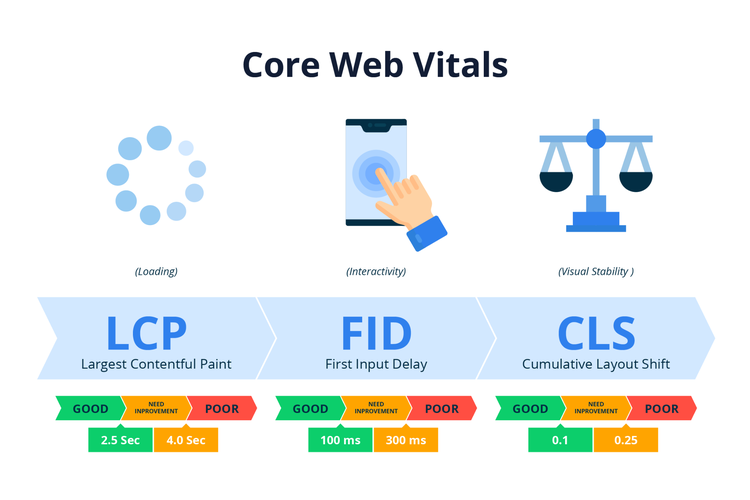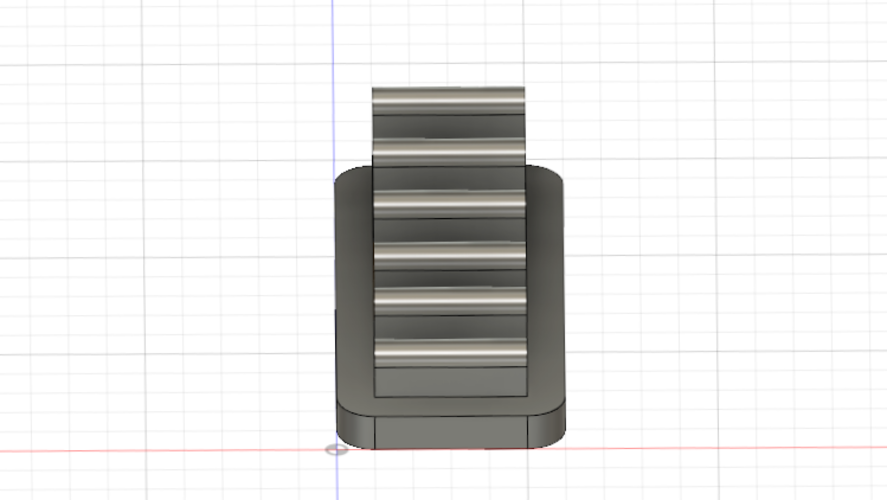
Description
In the competitive world of e-commerce, website performance and speed are critical factors that directly impact user experience, conversion rates, and search engine rankings. In this article, we'll explore strategies to improve website performance, enhance page load times, and conduct a Core Web Vitals audit to meet Google's criteria for a well-optimized website.
The Importance of E-commerce Website Performance1. User Experience
A fast and responsive website ensures a positive user experience, reducing bounce rates and encouraging visitors to explore your products.
2. Conversion Rates
Faster websites tend to have higher conversion rates, leading to increased sales and revenue for your e-commerce business.
3. SEO Benefits
Google considers page speed and Core Web Vitals as ranking factors, making website performance optimization crucial for better search engine rankings and increased organic traffic.
Strategies to Improve Website Performance1. Optimize Images
Compress and optimize images to reduce file sizes without compromising quality, leading to faster page load times.
2. Enable Browser Caching
Implement browser caching to store frequently accessed resources on users' devices, reducing the need for repeated downloads.
3. Minimize HTTP Requests
Reduce the number of HTTP requests by consolidating CSS and JavaScript files, resulting in quicker page rendering.
4. Content Delivery Networks (CDNs)
Utilize CDNs to distribute website content across multiple servers globally, reducing latency for users from various locations.
5. Mobile Optimization
Ensure that your website is fully responsive and optimized for mobile devices, as mobile users constitute a significant portion of e-commerce traffic.
Conducting a Core Web Vitals Audit1. Largest Contentful Paint (LCP)
Evaluate the loading performance of your website's largest element, aiming for an LCP of 2.5 seconds or faster.
2. First Input Delay (FID)
Assess the responsiveness of your website by measuring FID, aiming for an FID of less than 100 milliseconds.
3. Cumulative Layout Shift (CLS)
Examine the visual stability of your site by checking CLS, targeting a score of 0.1 or lower.
Leveraging Google Page Speed Audit1. PageSpeed Insights
Utilize Google's PageSpeed Insights tool to analyze your website's performance, receive optimization suggestions, and measure your website against Core Web Vitals benchmarks.
2. Chrome DevTools
Explore Chrome DevTools to identify and address performance bottlenecks, monitor loading times, and fine-tune your website for optimal speed.
Conclusion
E-commerce website performance is a critical factor in achieving success in the digital marketplace. By implementing strategies to improve website performance, reduce page load times, and meet Google's Core Web Vitals criteria, you can enhance user experience, boost conversion rates, and improve your website's search engine rankings. In a competitive e-commerce landscape, prioritizing website performance optimization is a strategic move to drive growth and customer satisfaction.






Comments (0)
Sign in to leave a comment.
No comments yet. Be the first to comment!